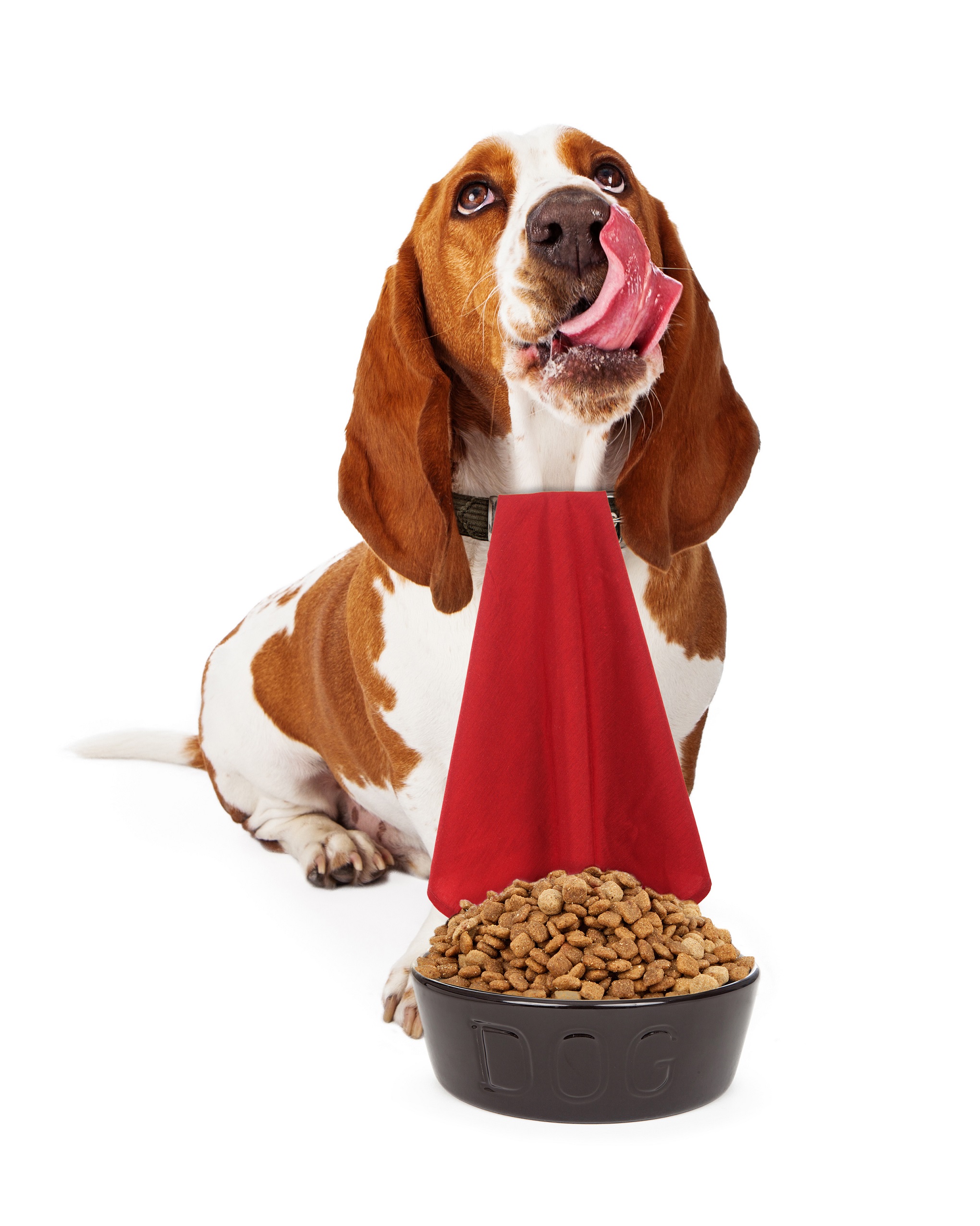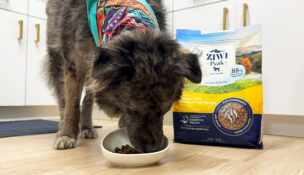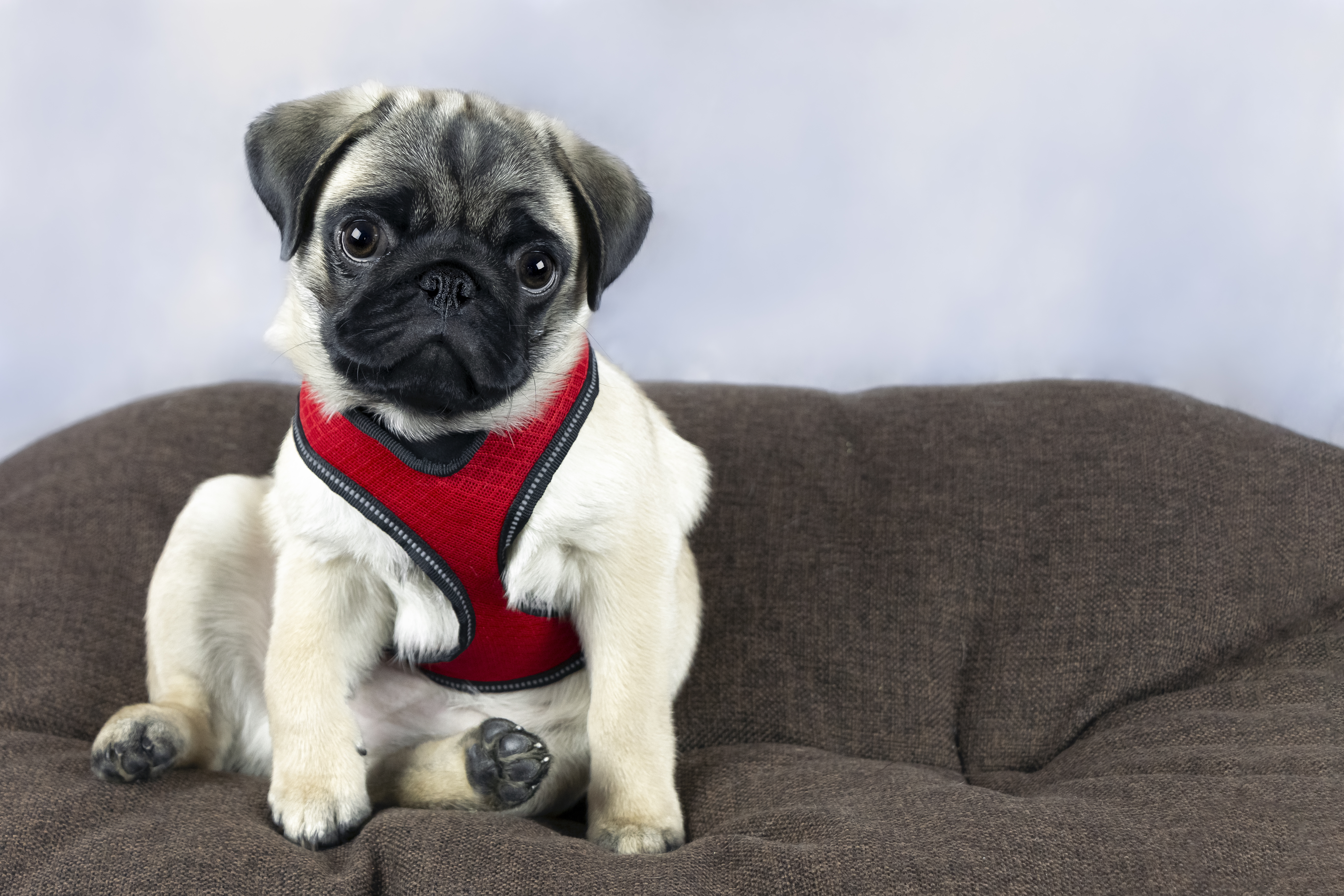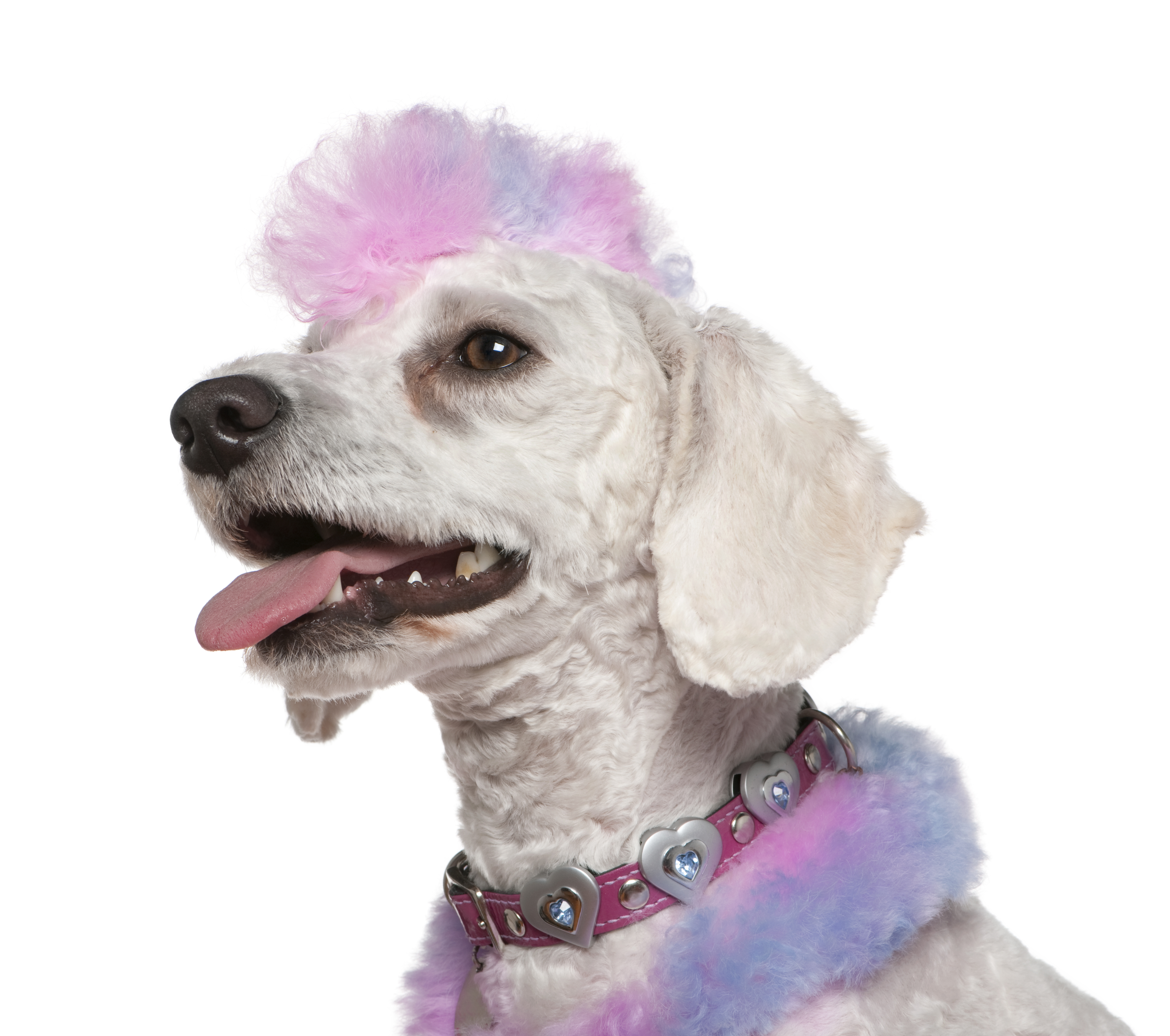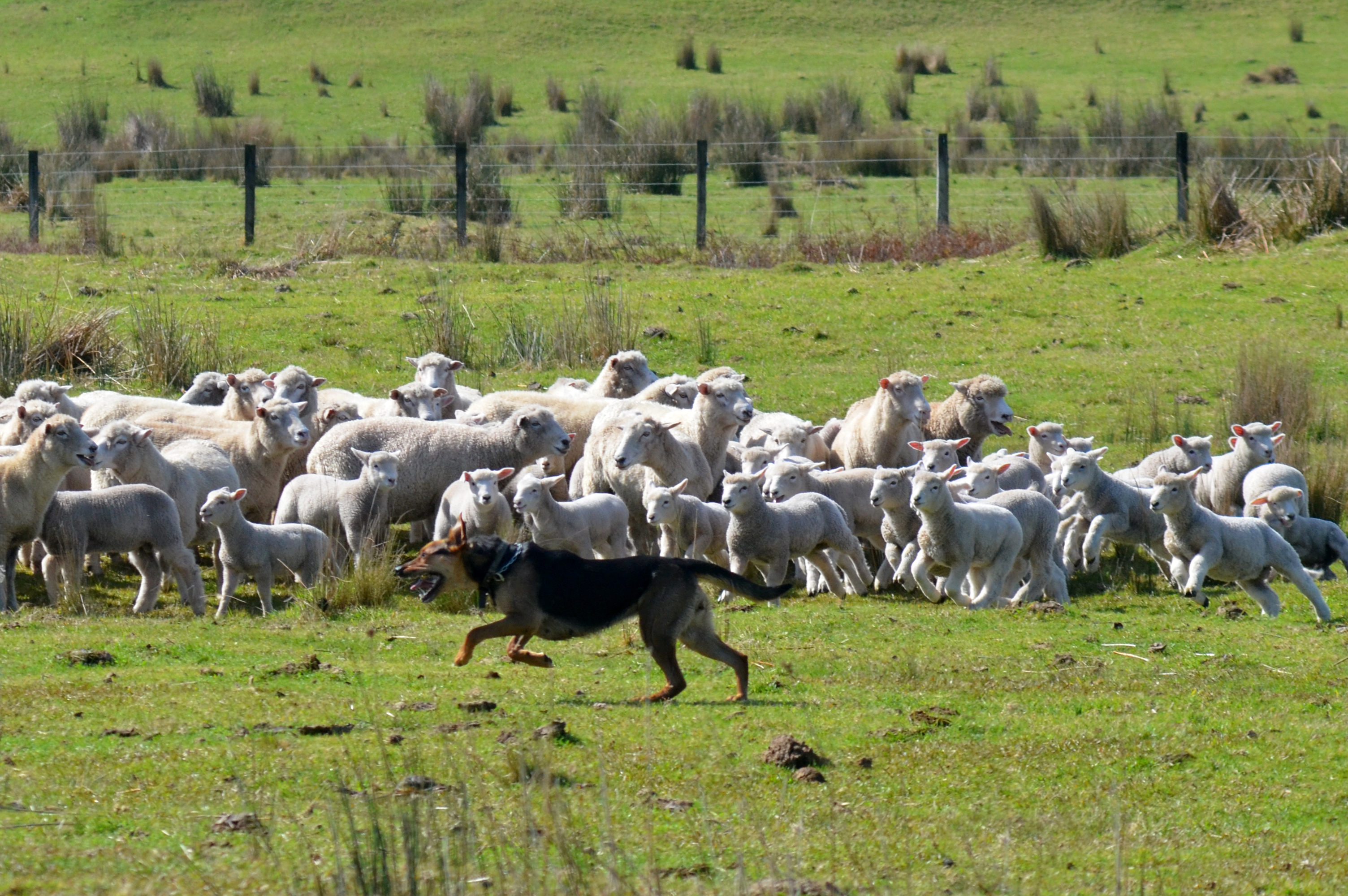Trustworthy Treats
Maggie Marton //May 24, 2017//
The singular trend driving sales and product development across the industry holds strong in the food sector: dog owners want products for their pets that are equivalent to what they purchase for themselves. Pets are integrated members of the family, and owners feed their pets accordingly.
“It’ll probably come as no surprise [that] people want to feed their pets the same way they feed themselves,” said Cathy Enright, Pet Food Institute CEO and president.
“I think we can attribute the current trends for U.S. ingredients or U.S.-sourced foods to that trend,” Enright said. “The majority of ingredients in pet food manufactured in the U.S. are sourced in the United States. The U.S. is the largest pet food market in the world, and U.S. pet food is perceived very well in foreign markets as far as safety, nutrition and ingredients.”
Consumers are well-educated on ingredients and ingredient sourcing for human food, but the same demand exists for pet food. In fact, consumers are wary about ingredients sourced outside of the U.S.
Since 2007, in nearly every product segment in the pet industry, the “Made-in-the-USA” seal has resulted in increased product sales. After the sweeping pet food recalls a decade ago, consumers purchase U.S.-sourced and U.S.-made food purposefully. And, with the increased accessibility for consumers to speak directly to manufacturers via outlets like Facebook and Twitter, along with sweeping stories of pet food recalls and public outrage on social media, the demand for ingredient accountability has grown.
What does that mean for individual manufacturers? An emphasis on quality and accountability is top-of-mind for consumers. For many, that means a “Made in the USA” stamp.
“All of our pet specialty treats—Crazy Dog and Pet Botanics—are made and sourced in the USA,” said Barbara Denzer, vice president of marketing and product development at Cardinal Pet Care. “Like most pet parents, and almost all pet stores, we are also concerned about the quality of ingredients and providing our pets with a healthy, wholesome, safe and nutritious product. Quality control is number one—no short cuts.”
Matthew Golladay, president of BrightPet Nutrition Group, the parent company of Blackwood Pet Foods, shifted production from a foreign facility to the U.S.
“Blackwood Pet Foods is an American company and wanted to make sure our ‘Made in the USA’ message rang true for all of our products,” he said. “While we thoroughly vetted our previous canned wet pet food supplier from New Zealand before doing business with them, the partnership didn’t totally resonate with the story we are telling our customers. The actual cost of getting our products back to the United States figured into our decision to find a similar American partner that could be held to the same standards provided by our New Zealand supplier.”
The move provided fruitful.
“We are able to provide better lead times to our distributors with our production being here in the United States,” Golladay said. “They’re already commenting on the difference.
“While we thoroughly inspected the facilities in New Zealand, it’s easier for us to visit and ensure production is up to Blackwood’s standards,” he added. “We’re also able to track the sourcing of every ingredient that’s used in our canned wet pet food.”
Woodinville, Washington-based Grizzly Pet Products has dog food available in both a dehydrated and oven-baked formula and uses wild Alaskan salmon as its first main ingredient. According to the company’s website, all bottling, baking and dehydration take place in the Washington facilities.
Earth Animal, which sources its products from Pennsylvania and Vermont and makes all of its treats and food in the U.S., considers its ability to stamp its products with “Made in the USA” a “core pillar” of the company. According to Earth Animal Vice President of Brand and Communications Stephanie Volo, the Southport, Connecticut-based company “believes it can make more of a difference when using USA-made products.”
“Being made in the USA and being a socially and environmentally sustainable company goes hand in hand,” Volo said. “For us, and for who we are and who we want to be and where we want to affect the world and make the most impact, that is the best way for us. We’re making products that actually increase longevity for animals, and in order for us to do that, we feel it’s important to know exactly where they’re coming from and really get the best ingredients that we possibly can.”
One of the company’s products, Pork No-Hide Dog Chews, won top honors among new products at this year’s Global Pet Expo, placing first in the Natural Pet Category. The easy-to-digest, durable, long-lasting chews are made with human grade ingredients and is just one of the many products Earth Animal makes that are “respectfully sourced” and “produced with a purpose,” Volo said.
Redbarn Pet Products, maker of pet food and treats, has a bold “Made in USA” stamp on all its food and treats it sources and processes in the USA, including its Sweet Potato Slices, Turkey Stew and its Chicken Pate-Immune Support Formula. In fact, according to the company’s website, “approximately 80 percent of Redbarn’s products are made in [its] plant located in Great Bend, Kansas.”
“The products that list ‘Made in Paraguay’ on the label are made in our company-owned and operated plant located in Paraguay,” the Redbarn website notes. “Because we own the plant, it allows us to maintain and guarantee our quality control standards are met at all times.”
Plus, sometimes, as Denzer points out, there can be challenges with sourcing ingredients in the U.S.
“A few ingredients are not available in the U.S.,” Denzer said. “Tapioca comes from France and some vitamins come from South America. Therefore, we are also expanding our Limited Ingredient Pet Products.”
When it comes to marketing, Denzer says there are inconsistencies.
“Unfortunately, there are different rules in different states about the use of the term ‘Made in USA,’” she said. “We use the flag, or a heart with USA, to indicate our treats are made in the USA and we mention it in the copy on the bags.”
Enright says she hopes retailers choose food products for their shelves based on safety and nutrition rather than those marketing phrases, though. She says she was unsure if the conversation about food safety was happening between the supplier and the retailer, and the retailer and the consumer.
“It would be a great two-way conversation,” she said. “It’s kind of like a maturing of the relationship that began to emerge 10 years ago between manufacturers and their suppliers. Suppliers should talk more broadly about the characteristics of the product. Retailers should open up that conversation of safety with consumers.”
Consumers are savvy about ingredient sourcing and U.S.-based manufacturing and have demanded it more forcefully over the last decade, since the melamine pet food recall of 2007. Dog owners demand accountability from pet food manufacturers as well. Stocking food choices that boast both U.S.-sourced and U.S.-manufactured appeals to that consumer base. Retailers, consider merchandizing a “Made in the USA” section to group together U.S.-made products to increase sales.
